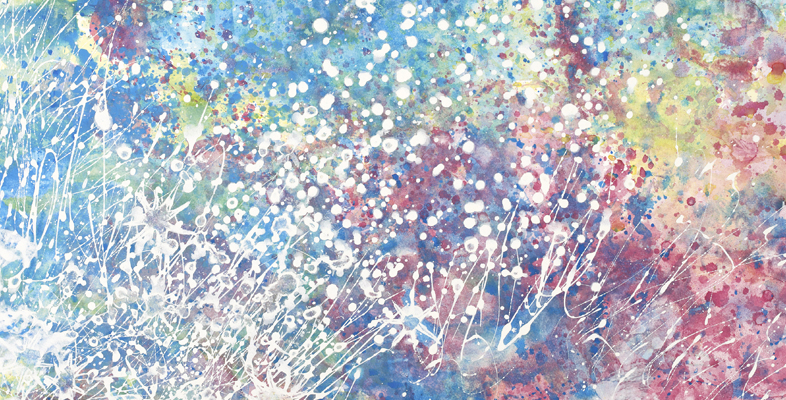6.11 The autism spectrum in the 21st century
The many developments in the autism field since the year 2000 make it hard to select the most important ‘players’ and milestones. You will learn more during the rest of this course. In research, advances in brain imaging and human genetics have shed new light on the brain systems and genetic mechanisms that may be involved. There is no ‘cure’ for autism, and some reject the very idea of a cure. But a range of helpful interventions is available, thought to be especially effective if started early. Revised diagnostic criteria for autism published by the American Psychiatric Association (American Psychiatric Association, 2013) addressed some of the inadequacies of earlier versions. Yet there is growing concern that autism in women may present in atypical ways and is going undiagnosed. Progress in autism rights includes, in the UK, the 2009 Autism Act, responding to an NAS campaign to protect the interests and address the needs of autistic adults. In 2014 the 67th World Health Assembly of the World Health Organisation passed a resolution supported by 60 member states to coordinate their efforts in addressing autism worldwide.
